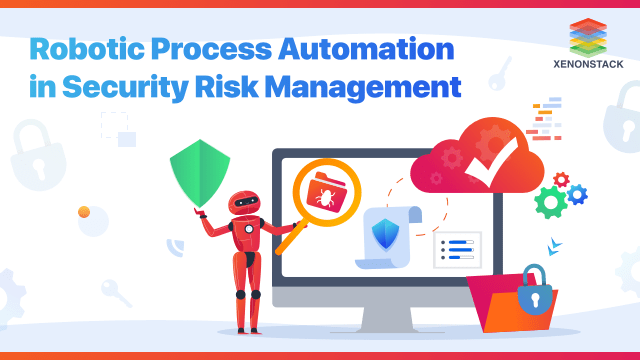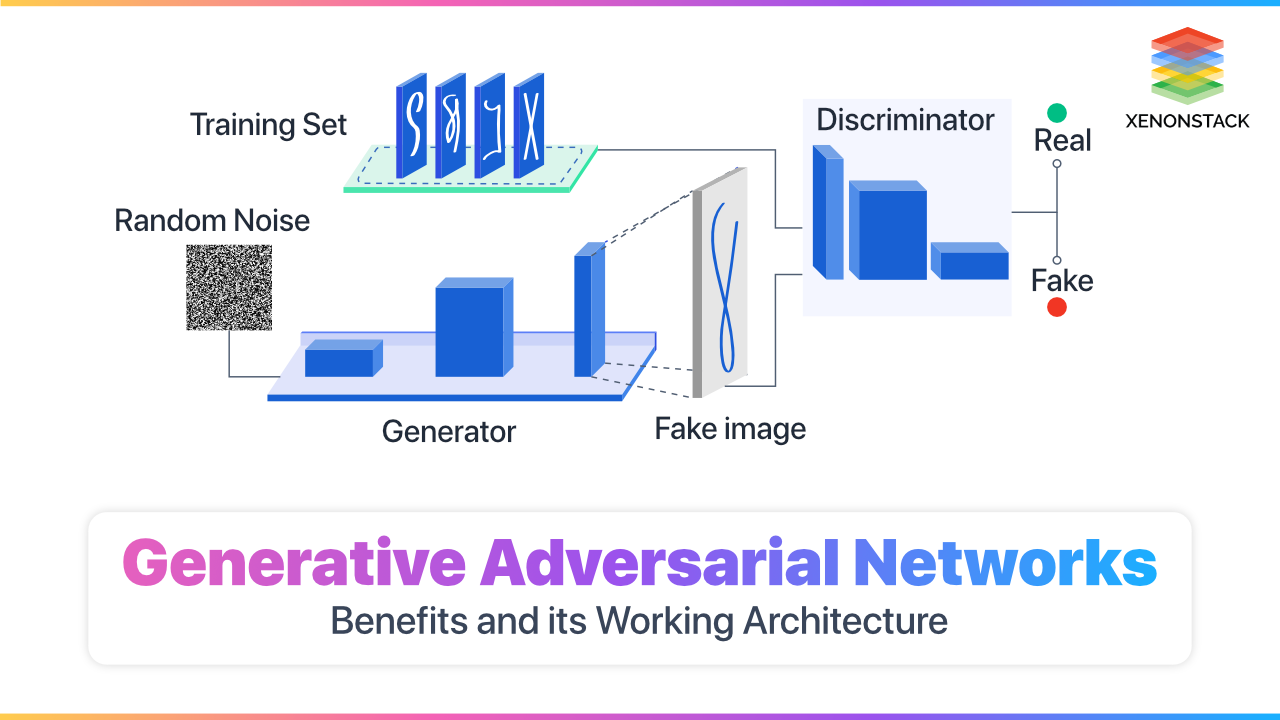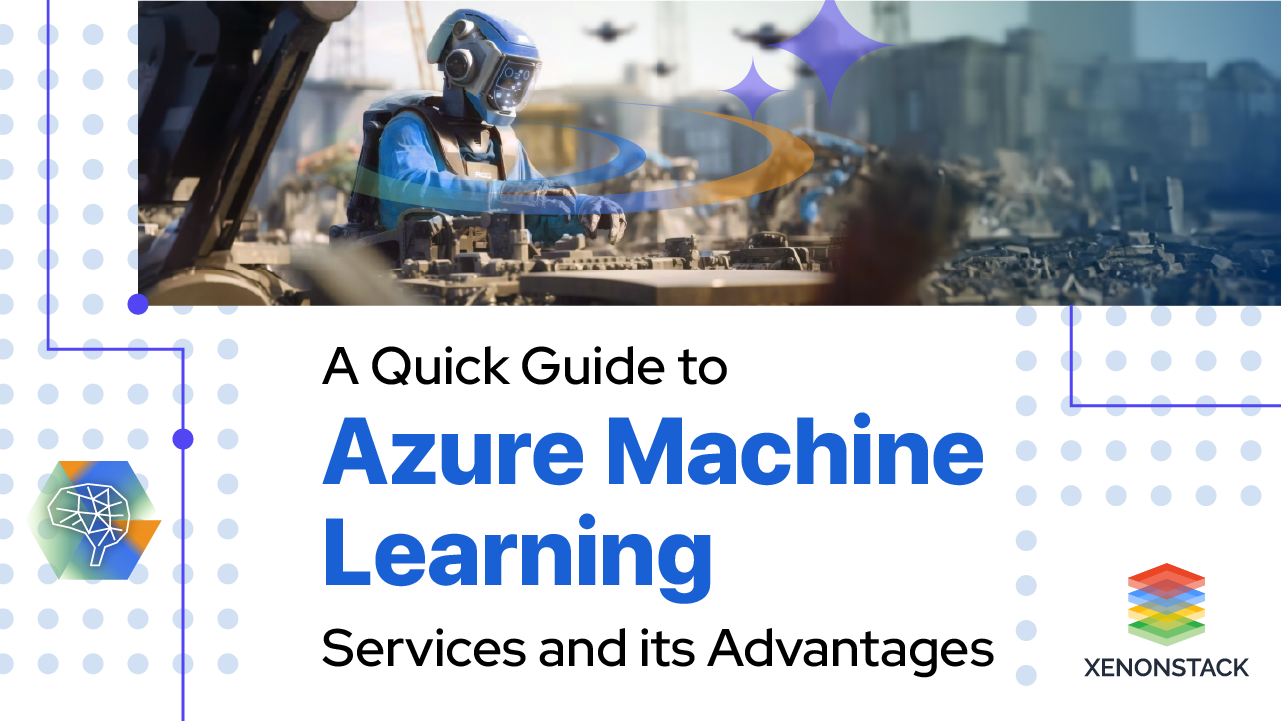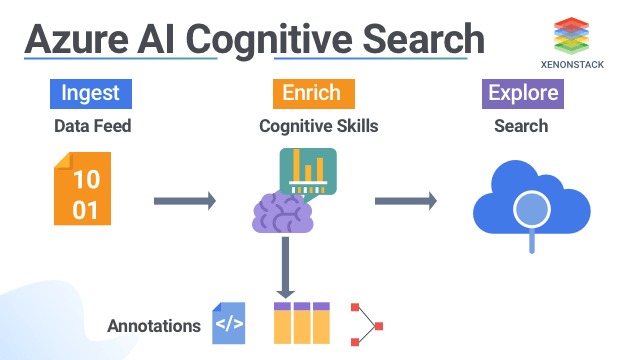Introduction to RPA Security
RPA Security is an essential part while automating any business process. The finance and banking sector has the most confidential data. So bot handles the confidential information. A strong technology that streamlines and standardizes several process-oriented activities is RPA. Robotic Process Automation Security is growing rapidly across the globe and is now widely seen as a significant digital transformation component. RPA software robots can significantly increase efficiency, quality, and data accuracy, and security when applied to the right processes while empowering.
A broader set of automation tools that allow for a wide variety of processes to be automated in the HR and Finance and Cybersecurity teams. Source: Is Cybersecurity Automation The Future?
What are the challenges of RPA Security?
There are several challenges of Robotics process automation in security. Some of them are below.
Maintaining audit logs is an essential activity in UiPath to check if the error has been occurred due to an issue in code or due to the employee's improper use.
- Bot lacks in Password Management.
Passwords are confidential in humans' cases and can change passwords regularly, but they cannot implement for bots to change their passwords regularly.
For some processes such as HR or finance process, confidential information is given to bots such as addresses, passwords, or credit card numbers. which can lead to security issues.
- Ineffective Working of the Bot
Some time bots working fails due to the issue in code or lack of testing process, which can cause problems while going live.
RPA in Supply Chain allows supply chain businesses to scale up swiftly to meet supply chain business requirements as demand increases. Click to explore about our, RPA Testing - Debugging the Myths and Facts
How to mitigate security risk in RPA?
- Conduct Regular Check on Audit Logs
Complete whole regular monitoring of its processes to ensure that the bot works within its defined limits. Also, keep a check on the new risks that may happen, and retire the bot whose works is finish.
- Using Password Vault for Confidential Information
Vaults can store all the passwords required to execute the process to complete its work.
- Limit on the Access provided to RPA Environment
Never give personal IDs and passwords to the bot. Generate a generic ID, and it beneficial for the flow.
Predefined rules to impose the security. Development standards, business justification, and all are the in-depth standards that should be in the governance framework.
- Selecting the Right Candidate for RPA
The best practice approach should identify the correct candidate for RPA.
RPA Market Forecast to Grow at Double-Digit Rates Through 2024 Despite Economic Pressures from COVID-19. Source: Robotic Process Automation - Gartner
Robotic Process Automation Security in Uipath
- User and Robot Permission
When configuring the robot and user permissions in Orchestrator, there are two possible threats to protect against a malicious user or a malicious developer.
- Authentication between Robot and Orchestrator
It is based on a shared key accessible only on the administrator's robot computer. If the laptop owner has administrative rights and can access the key, they can access it impersonate other robots when making calls to Orchestrator.
It may deploy a process that grants the developer unauthorized access or steals data when executed by a user with high-level permissions in Orchestrator.
- UiPath Orchestrator Config File Encryption
Encrypt the UiPath.Orchestrator.dll.config file section of SecureAppSettings.
- Change the Default Password Settings.
Changing the default system administrator. By editing the user profile information, you can do this.
Please do not pick the Remember Me password when you first log in to Orchestrator. It allows you to log out of the current session each time.
- Limiting Timeout Cookie Session Duration
By default, after 60 minutes, the authorization cookie expires. Reduce this time by adjusting the value of the parameter Auth.Cookie.Expire in the file orchestrator config file.
Intelligent process automation software is designed to assist processes in more than managing operations. Click to explore about our, Intelligent Process Automation vs Robotic Process Automation
Robotic Process Automation Security in Automation Anywhere
Many of the world's biggest financial organizations rely on a stable digital workforce platform from Automation Anywhere to automate security-sensitive operations.
Both bots and Bot Runner levels monitor configuration management. For both Bot Developers and Bot Runners, the Enterprise Control Room authorizes, enforces, and records changes. enforce the regulation of bot change on execution by encryption and authentication.
In Static, Dynamic, and Network-based Vulnerability Evaluations, risk evaluation is carried out. Audit and Transparency on all three components with granular event capture at the bot level and non-repudiation are developed through event capture, logging, and auditing. Embedded analytics from Bot Insight include near-real-time incident response and Security Event integration.
- Role-Based Access Control
There are one or more positions allocated to all Enterprise Control Room users. Access is available based on the terms of use allocated to each position while a member is a user. Approved users can suspend other users temporarily or permanently when required. RBAC ( Role-Based Access Control) enforces session handling to prevent unauthorized entry.
- Security Architecture Model
Cognitive security architecture is based on Least Privilege standards and a strict Duty Separation model with 41 technical controls enforced across seven NIST Control families.
The Automation Anywhere Business platform provides registered users with detailed and unified audit logging of all automation operations.
Robotic Process Automation bot breaks when it gets scenarios in which it was not trained or instructed. Click to explore about our, RPA Implementation Methodology
Robotic Process Automation Security in Blue Prism
The product development methodology of Blue Prism follows a rigorous security assurance strategy. The mechanism informs our software and services at every design and production point. This technique allows us to anticipate, detect, and mitigate vulnerabilities and threats. Continuously analyze the strategy, and best practices are leveraged to ensure the Blue Prism remains secure.
The Credentials Management feature provides a safe repository for the necessary login information. The Runtime Resources to access target applications. Credentials are safe in Blue Prism and are encrypted using the client-defined encryption scheme. Store the encryption key separately on the Blue Prism Application Server computer and provides passwords to clients.
Blue Prism processes require multiple phases implemented by the Runtime Tools as part of the process execution. These phases can reflect several activities, including calculations, decisions, reading data from an aspect of the user interface, and performing a sub-processor operation. As part of the implementation of a business process, sessions are used by Blue Prism to document all the necessary stages, followed by a Runtime Resource. As part of the process design, the logging amount is configured for each step.
Centrally Store the audit trail of Blue Prism, so it can not be modify by anyone. This feature provides irrefutable non-repudiation in the event of non-compliance or audits. To document the following actions:
- Login or Logout of any portal
- Modifications of environment-wide settings
- Creating/updating/deleting company objects, processes, and queues
Conclusion
Most organizations embrace the emerging technology of Robotic Process Automation to eliminate repetitive manual tasks, improve accuracy, and enable teams to focus on other responsibilities. Securing an RPA console with robotics process automation in security risk management helps isolate and monitor activity and suspend or terminate suspicious sessions to minimize risk.



